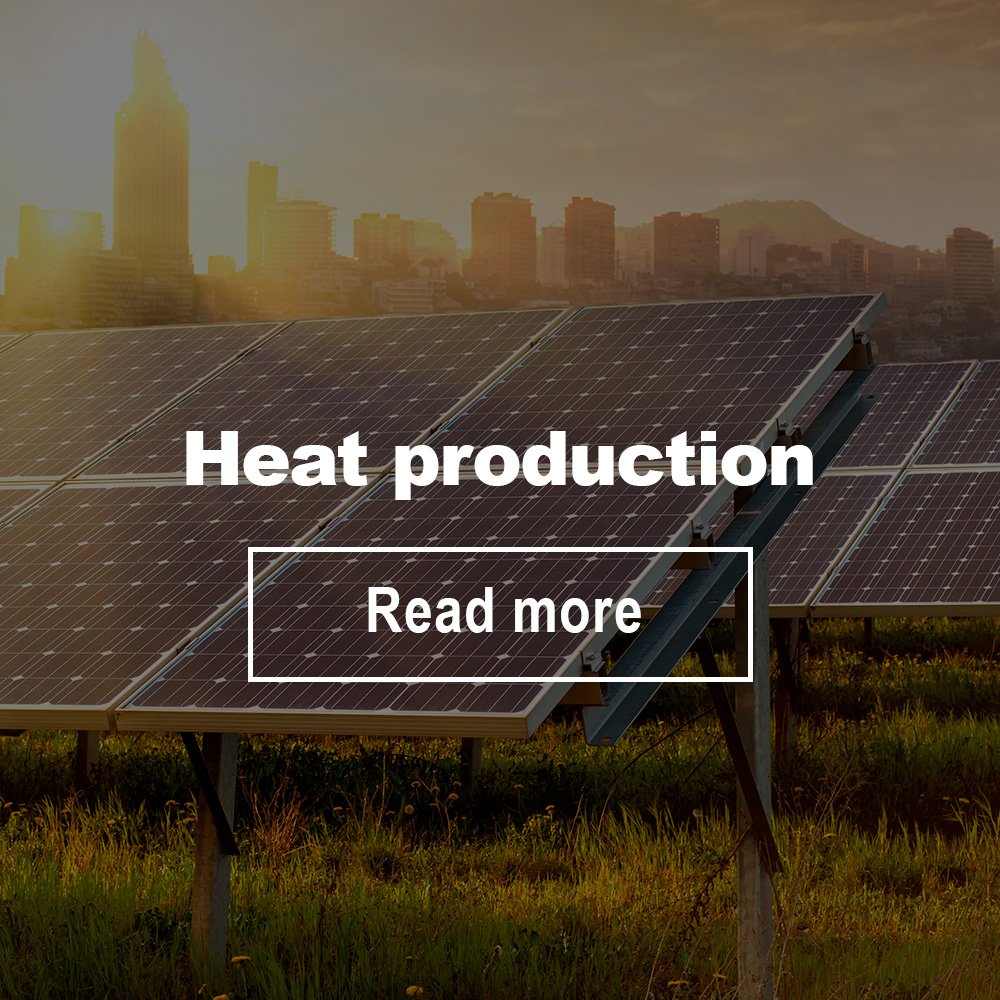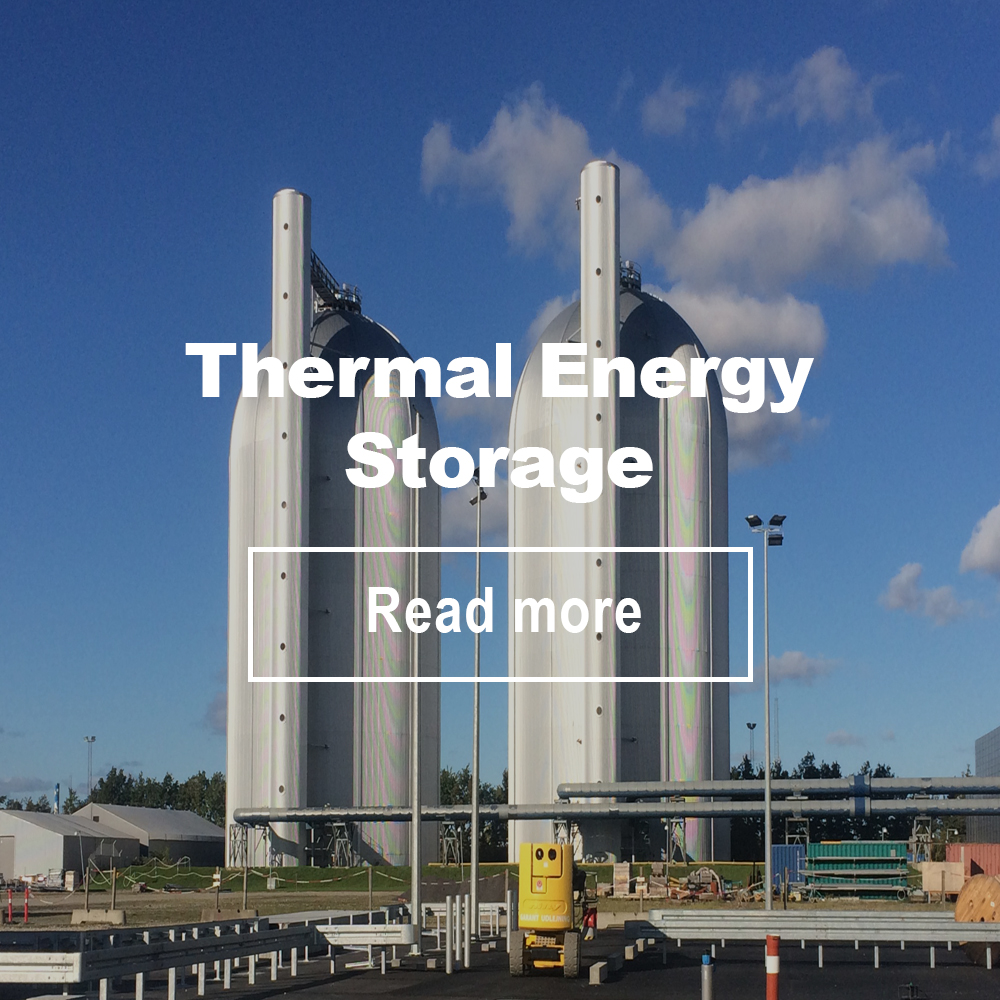Understanding District Heating and Its Technologies
District heating technology combines efficient heat production, a well-designed supply network, robust monitoring and control systems, and thermal energy storage to utilize excess thermal energy generated from various sources, creating a sustainable and environmentally friendly heating solution. District heating technology plays a vital role in reducing energy consumption and greenhouse gas emissions while ensuring reliable heating for communities and cities.
What is District Heating?
District heating is a centralized system that provides heating to multiple buildings from a single energy source. This system distributes heat generated in a central location through insulated pipes to residential, commercial, and industrial buildings, offering an efficient and cost-effective heating method.
The Basics of District Heating
District Heating Network (DHN)
A district heating network consists of insulated pipes transporting hot water or steam from the central heating plant to the connected buildings. The network ensures that heat is efficiently distributed across vast areas, significantly reducing energy loss compared to individual heating systems.
District Heating System Components
- Central Heating Plant: The heart of the district heating system, where heat is generated using various energy sources such as natural gas, biomass, or waste heat from industrial processes
- Heat Exchangers: Devices that transfer heat from the central plant to the district heating network.
- Insulated Pipes: Specialized pipes designed to minimize heat loss as the hot water or steam travels to buildings.
- Substations: Local units in buildings where the heat from the network is transferred to the building’s heating system.
District Heating Pipework
The pipework in a district heating system is crucial for efficient heat distribution. These pipes are typically made from steel or plastic and are heavily insulated to prevent heat loss. The two main types of district heating pipes are:
- Supply Pipes: Transport hot water or steam from the central plant to buildings.
- Return Pipes: Carry cooled water or condensed steam back to the plant for reheating.
Generations of District Heating
1st to 3rd Generation
- 1st Generation: Steam is used as the heat transfer medium.
- 2nd Generation: Transitioned to high-temperature water.
- 3rd Generation: Utilized lower temperature water to reduce heat loss and improve efficiency.
4th Generation District Heating
The 4th generation district heating (4GDH) systems focus on integrating renewable energy sources and enhancing efficiency. These systems operate at lower temperatures, making them compatible with low-energy buildings and reducing heat loss during distribution.
4th Generation District Heating and Cooling Systems
4th Generation district heating and cooling, sometimes referred to as 5th Generation District Heating and Cooling (5GDHC) systems, represent the latest advancement. These systems use ultra-low temperature networks and integrate both heating and cooling functionalities. They rely heavily on renewable energy sources and are designed to be highly efficient and flexible, accommodating the needs of modern urban environments.
Advantages of District Heating
- Energy Efficiency: Centralized production and distribution of heat lead to higher efficiency and lower energy consumption.
- Cost Savings: Economies of scale and reduced maintenance costs lead to significant savings for consumers.
- Environmental Benefits: Reduced greenhouse gas emissions and the ability to integrate renewable energy sources.
- Flexibility: Modern district heating systems can adapt to various energy sources, including biomass, geothermal, and solar thermal.
Comparison of District Heating Generations
| Generation | Heat Transfer Medium | Temperature Range |
| 1st Generation | DHN uses steam | High |
| 2nd Generation | DHN uses liquid | Above 100°C |
| 3rd Generation | DHN provides heat | Between 100°C and 70°C |
| 4th Generation | DHN provides heat | Below 70°C |
Challenge with the Perception of Generations
There is a common misconception that newer district heating systems (DHS) generations are inherently better than their predecessors. For example, some people believe that 2nd generation district heating (2GDH) is superior to 1GDH and that 3GDH is an improvement over 2GDH, suggesting that all DHS should progress to the “next level.”
However, this is not entirely accurate. While striving for more efficient DHSs is important, the optimal solution might still involve using a 1GDH system based on steam.
Newer generations generally enhance the integration of renewable energy sources, lower the temperature in the pipe network, and reduce the carbon footprint of district heating. Despite these benefits, it is crucial to recognize that later generations cannot always provide the same product or service as earlier ones. As a result, a newer generation may not always be the most environmentally optimal solution.
Heat production
District heating systems typically begin by generating heat from various sources, including heat pumps, the rising temperatures of low-temperature sources, surplus heat from industries and data centers, combined heat and power (CHP) plants, biomass boilers, geothermal energy, and waste heat recovery. These heat sources are distributed to end-users in a supply network. Read more
Supply network
The heat generated is transported through a network of insulated pipes to deliver heat to residential, commercial, and industrial buildings. This network can span entire districts or cities, reducing the need for individual heating systems within each building. This centralized approach not only reduces energy waste but also promotes the use of renewable and low-carbon energy sources. Read more
Thermal Energy Storage
Thermal Energy Storage (TES) plays a crucial role in the evolution of sustainable district heating systems. By capturing and storing excess thermal energy from diverse sources, TES effectively balances energy supply and demand. This not only boosts system efficiency but also significantly reduces greenhouse gas emissions. Read more
Monitoring and control
Efficient operation of a district heating system requires continuous monitoring and control. Sensors, meters, and advanced control systems are deployed throughout the network to regulate heat production and distribution. These systems help maintain optimal temperatures and ensure a reliable consumer heat supply. Read more
Conclusion
District heating is an efficient and sustainable solution for providing heat to urban areas. With technological advancements, modern district heating systems are becoming more integrated with renewable energy sources, offering greater flexibility and efficiency.



